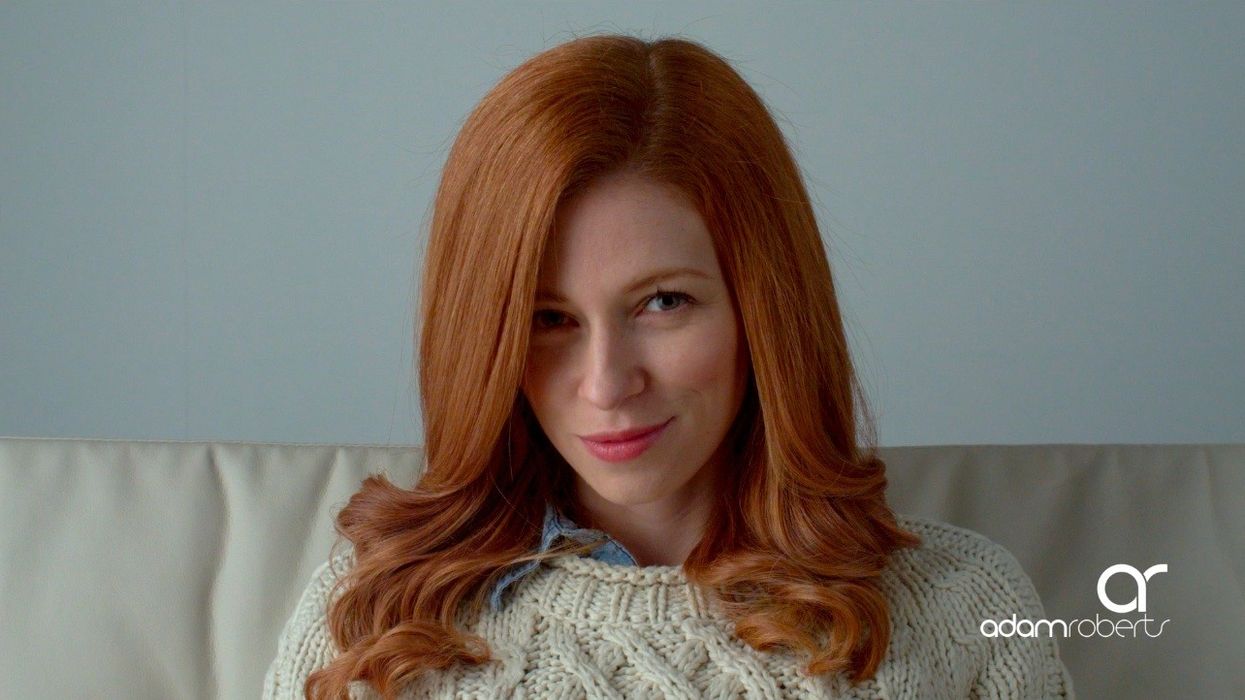Blackmagic Cinema Camera, Sony FS100, and Canon 5D Mark II Face off in a Hair and Skin Tone Test

Color is just about the most subjective aspect of any visual creation. Everyone sees color a little differently, so it's no surprise that we talk endlessly about color science and about which cameras we prefer. Certain looks are too much for some people, and others are not enough. Blackmagic spent a great deal of time developing their color science with Australian Director of Photography John Brawley, and I think working with an actual shooter in developing their camera has made a significant difference in the visuals of the final product. Adam Roberts got a hold of the BMCC and performed a thorough test to compare the camera's skin tones to that of the FS100 and the Mark II. Click through to check it out.
Here is his process, thanks to Michael at Notes On Video for the find:
A simple Hair and Skintone test.
We wanted to test the new Blackmagic Cinema Camera to see how it performed with skintones and hair. We used the Sony NEX-FS100 and Canon 5D MK2 as known refrences for comparison.
Sample DNGs can be downloaded here:
dl.dropbox.com/u/6460491/BMCC_skintone_test.zipNotes on workflow:
Both the Sony NEX-FS100 and the Canon 5DMK2 footage was transcoded to ProRes HQ with 5DtoRGB. I then colour corrected the footage in Final Cut Pro X.The Blackmagic footage was exported from Resolve in 3 ways as I wanted to test different work flows.
• 1st option I applied a Rec709 LUT to the RAW files and exported ProRes HQ 1080p.
• 2nd option I applied the BMC Film LUT to the RAW files and exported ProRes HQ 1080p.
Both methods involved not colour correction in Resolve. All that was do was a LUT was applied to the RAW files. I then colour corrected the footage in Final Cut Pro X.
• In the 3rd option I graded the footage in Resolve with a single node and exported ProRes HQ 1080pAll footage was then edited in ProRes HQ in Final Cut Pro X.
The video is in full 1080, but you can also download the original file to see it in higher quality.
I think there is definitely something to like about each of the images, and obviously different skin and hair colors may respond differently than we're seeing here. From the very beginning, the Cinema Camera was exciting just because of the sheer amount of performance for the money, but as things progressed, it's clear this thing was made to produce the most pleasing images possible from a cinema standpoint. It's not necessarily about reproducing reality as closely as possible, but finding the balance between what looks good subjectively and what the camera is actually capable of doing given the hardware inside.
I'm still partial to the Cinema Camera here, but if you work them enough I'm sure you could come close to matching them. What you can't match is resolution and clarity, and that's definitely where the DSLRs have been lacking from Canon compared to the more fully-featured large sensor video cameras (though the 1D C may finally be the one exception to that -- except at $12K it's not really in typical DSLR territory anymore).
I think it's also helpful now to start looking at these tests not to see which camera is "better," but to look at which images might work best for a particular shoot. While I say you can probably come close to matching them, they are all still biased in one way or another from the start, so rather than fighting the camera for the look you want, it might benefit you to find the one you like for one shoot, not necessarily all of them. Different cameras also produce different images under different lighting scenarios, so one may actually produce a better result than another under daylight, tungsten, or mixed lighting situations.
Which one do you prefer? Do you like all of them in their own way? Have you had the opportunity to choose a camera based on the look you liked for a particular production?
Link: Adam Roberts -- Vimeo
[via Notes On Video]











